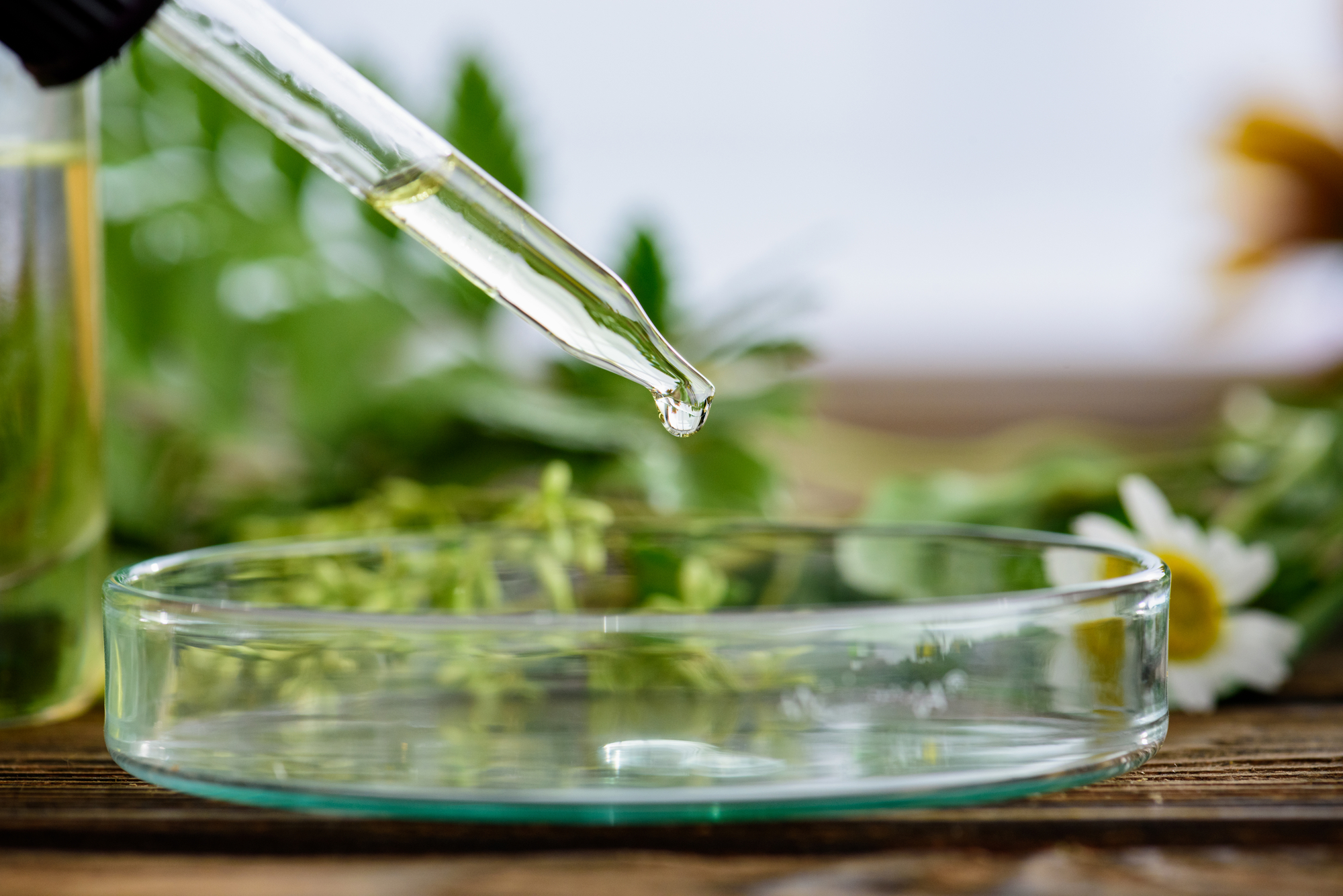Digestive System Diseases
 Gastroesophageal Reflux Disease (GERD)
Gastroesophageal Reflux Disease (GERD)
This is what is commonly known as “heartburn.” Here, the valve that separates the esophagus and the stomach has weakened and allows digestive stomach acids to backup or regurgitate which irritates and inflames the esophagus. Due to poor diets many people suffer from this and have heard it referred to as “Reflux.” The inflammation is so painful some mistaken it as a heart attack with complaints of chest pain.
Constipation
 Constipation is the lack of bowel movements – less than three in a week. The stool can become hard and dry, becoming difficult to pass. The digestive system requires a great deal of lubrication which it gets from water and from a high fiber diet such as fruits and vegetables. In addition, exercise is important in helping to get things moving.
Constipation is the lack of bowel movements – less than three in a week. The stool can become hard and dry, becoming difficult to pass. The digestive system requires a great deal of lubrication which it gets from water and from a high fiber diet such as fruits and vegetables. In addition, exercise is important in helping to get things moving.
Aromatherapy can help, especially when using an abdominal massage, gently smoothing oils in a clockwork direction around the belly button to mimic the digestive journey (Do two strokes up, two above the belly button, two down and then just one across the pelvis. Repeat 4 times.) Essential oils that are laxative in nature include rose, black pepper, cardamom, caraway and dill.
Diarrhea
Diarrhea is a condition when you experience loose, watery bowel movements several times a day. You may also have stomach cramps, nausea and an urge or sensation to “go.” Causes for diarrhea include bacteria, viruses, parasites, medications, food sensitivities or another condition that affects the digestive system.
Normally, this condition quickly passes and is not harmful. However, if it continues more than three days, you will want to seek medical attention.
When considering which oils to use for this condition, you will want to consider what is the cause? Is it simply nerves or is it a virus? Do we need to use antiviral oils such as tea tree and Manuka or do we simply need to calm the intestines down with ginger for example?
Vomiting
Vomiting or throwing up is not a disease, but simply the urge to expel the contents of your stomach. No doubt, it is that uneasy feeling that everyone wants to avoid. Vomiting can be caused by numerous conditions. These may include morning sickness during pregnancy, migraine headaches, motion sickness, food poisoning, stomach flu, chemotherapy or an adverse reaction to medication.
Naturally, you will want to avoid any foods until at least six hours after vomiting but you will want to continue fluids to avoid dehydration. Symptoms to be watchful include vomiting for longer than 24 hours, stiffness in the neck, severe dehydration, or blood in the vomit.
Essential oils can be supportive in helping to alleviate the queasiness and soothe the abdominal muscles or spasms. Some that may be helpful include peppermint, mandarin, ginger, and chamomile. For stomach flues you will want to include antiviral oils and spritz down surfaces and make a room spray to kill pathogens to prevent spreading germs among family members.
Colic
Colic is not caused by another medical problem. Many babies go through a fussy period. Some cry more than others.
Many babies suffer from colic and will cry and fuss more than others. This is caused by pain in the stomach caused by digestive gases. Most often you will be asked about treating this for babies. Use dill in a warm compress on the tummy. Other oils for colic, flatulence, and wind include carrot, fennel, and coriander.
Crohn’s Disease
Crohn’s disease is caused by inflammation of the digestive system and bowels. It is closely related to IBS, or irritable bowel syndrome, even though it can affect any part of the system from the mouth to the anus. Many who suffer from this begin to see symptoms between the ages of 13 and 30.
Most likely you will hear complaints of dreadful stomach pains and never-ending or sudden bouts of diarrhea. Because of this, you will also expect to see weight loss. This distention can lead to bleeding from the rectum and over time this will lead to anemia as well as other nutritional deficiencies.
Peritonitis
Your peritoneum is the tissue that lines your abdominal wall and covers most of the organs in your abdomen. A liquid, known as peritoneal fluid, lubricates the surface of this tissue, according to the National Library of Medicine. Peritonitis is a condition in which the abdominal cavity lining has become inflamed. Years ago, the inflammation of the appendix would cause it to swell so large that it would burst and result in many deaths. However, since the advent of antibiotics, this is no longer the case.
The membranes of the peritoneum are extremely sensitive and if exposed to any foreign substances such as blood or urine will become inflamed. Clues to peritonitis include a tenderness to the abdomen or pain when the stomach is palpated in investigations. When the abdominal muscles become distended and become very rigid or the bowels cease their usual gurgling noises, this is what is referred to as clues to “Peritoneal Signs.”
For support, aromatherapists will want to look at antibacterial oils such as tea tree cloves, caraway, and cinnamon. In addition, you will want to consider recommending oils to alleviate pain such as lavender, chamomile, rose, and yarrow for instance.
Ulcerative colitis
Ulcerative colitis is an inflammatory bowel disease that causes inflammation and sores, or ulcers, in the lining of the rectum and colon. One of the most common symptoms is a pain in the abdomen and blood or pus present in their diarrhea. Other symptoms that may be present include anemia, extreme tiredness, loss of appetite, bleeding from the rectum, sores on the skin, or joint pain.
The cause is unknown, but it is thought that the body manufactures antibodies that attack the intestine. Most people will present symptoms between the ages of 15-30, and then again it seems to present itself after the age of 60. For unknown reasons, there is a higher risk factor in people of Jewish descent. Here again, as aromatherapists can do very little except treat the pain and symptoms which apart from chronic diarrhea and pain can be tiredness and fatigue, anemia, joint pain, and headaches.
Irritable Bowel Syndrome
Irritable bowel syndrome, also known as IBS is a condition that seems to be on the rise. It presents itself as wild bouts of diarrhea mixed in with bloating and constipation. Some people may experiment with abdominal cramping with diarrhea or just constipation or both. While very discomforting, it does not cause any harm to the intestines.
While no one knows the cause, it is now thought that IBS is somatic – that is it derives from some kind of emotional root rather than a physical one. That is not to say that symptoms are not real, they most certainly are – but that some kind of stress or emotional upset may be the cause rather than any physiological reason. It affects more women than men and is often found in individuals younger than 45.
The digestive system has a large number of neurotransmitters and 90% of the body’s mood modulator, including serotonin, is found in the gut. Here, it works best to use oils that sedate the symptoms but also improve the patient’s mood, too. Treat diarrhea and constipation as separate presenting symptoms and then also calm and soothe the mind.
Dysphagia
This is the clinical name for having difficulty swallowing. It might possibly be linked to GERD (see above), but might also be a sign of an esophageal tumor or a number of other causes.
 Jaundice
Jaundice
The name, jaundice, is taken from the French word, jaune, which means yellow. This describes the yellowish hue the skin and whites of the eyes take on when the liver malfunctions, causing a backup of bile by-products of metabolism from the blood back into the tissues of the body. Jaundice may result due to a duct blockage that drains the bile from the liver into the intestines or a breakdown of too many red blood cells, reducing hemoglobin circulation around the body and ending up in bile secretions.
Diverticulosis/diverticulitis
If you trace along the walls of the large intestine there are small pockets called diverticuli throughout the colon. Diverticulosis is a condition that results from these pouches becoming inflamed causing the body to be unable to expel fecal material properly. This painful condition which typically affects individuals 60 years or older is caused by a low-fiber diet. If these pockets do become infected, you may experience abdominal pain, commonly on the left side. Other symptoms include nausea, vomiting, chills, cramping, fever, or constipation. Diverticulitis may lead to bleeding, tears, or blockages and require surgery.
Cirrhosis
Cirrhosis literally means, “orange-yellow” in Greek. This degenerative disease of the liver is caused by scar tissue due to the injury of the liver and for the most part is found in alcoholics, although it does also have other causes. As the name describes, the liver takes on a yellowy-orange appearance as the disease progresses. Since the scar tissue is unable to do what healthy tissue does, such as help fight infection, cleanse the blood, digest and make protein, cirrhosis can cause many other conditions including:
- Nosebleeds, easy bruising or bleeding
- High Blood Pressure
- Sensitivity to medications, rashes, itching
- Swelling in the legs and abdomen
- Kidney Failure
- Gallstones
Portal hypertension
For chronic alcoholics, this can be a complication. Normally, blood is carried to the liver via a major blood vessel called the portal vein. However, due to scar tissue in the liver, blood flow is constricted through the veins of the liver resulting in obstruction of venous blood flow through the liver. As the blood pressure rises in the veins between the gastrointestinal tract and the liver, it engorges them around the belly button. These veins seem to snake out from the navel creating this pattern known as a “caput medusae” ( which translates as the head of Medusa, the snakes haired gorgon of Greek Mythology).
The videos in this lesson were obtained from http://youtube.com and may be copyrighted material of which has not always been specifically authorized by the copyright owner. We are making such material available in an effort to advance the understanding of essential oils which we believe will enhance your studies and believe this constitutes a ‘fair use’ of any such copyrighted material as provided for in section 107 of the US Copyright Law.



You must be logged in to post a comment.